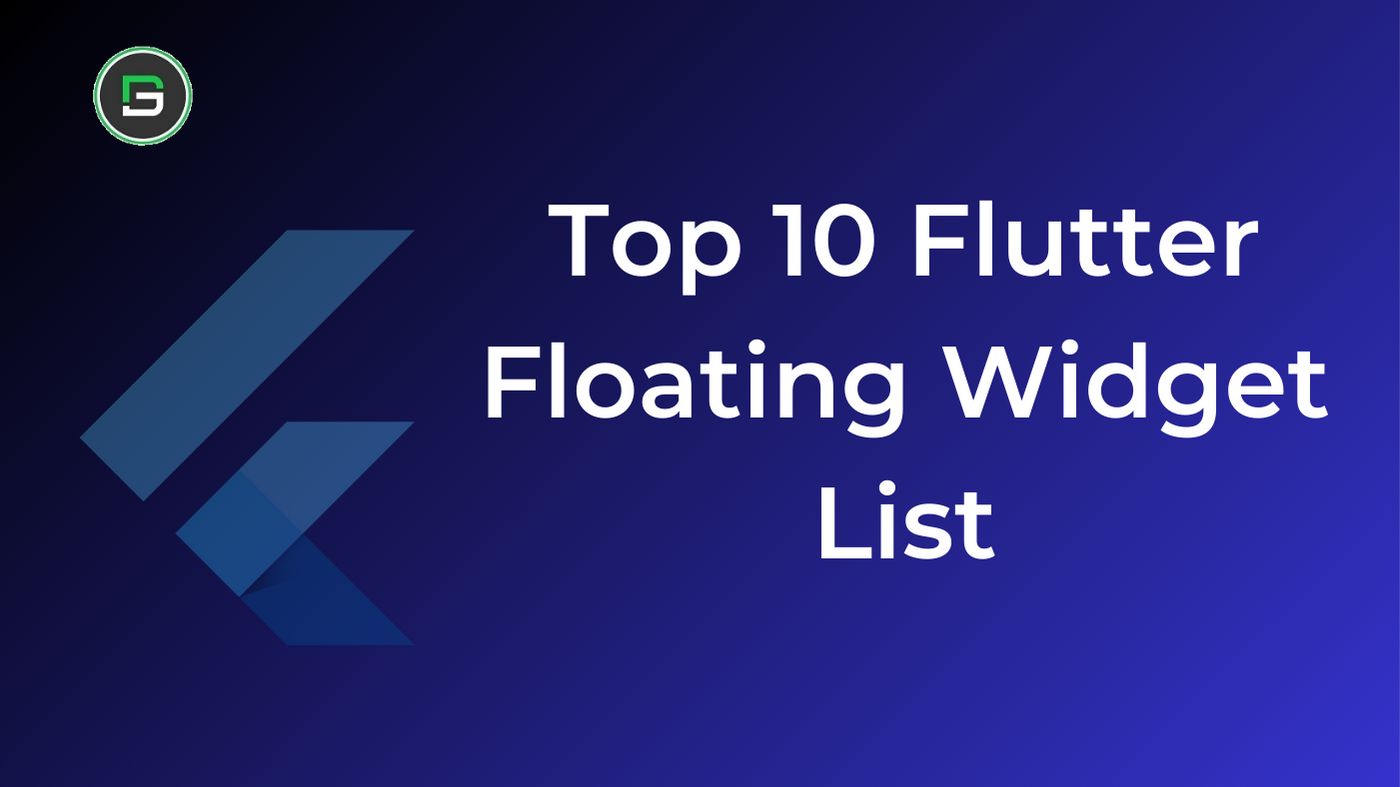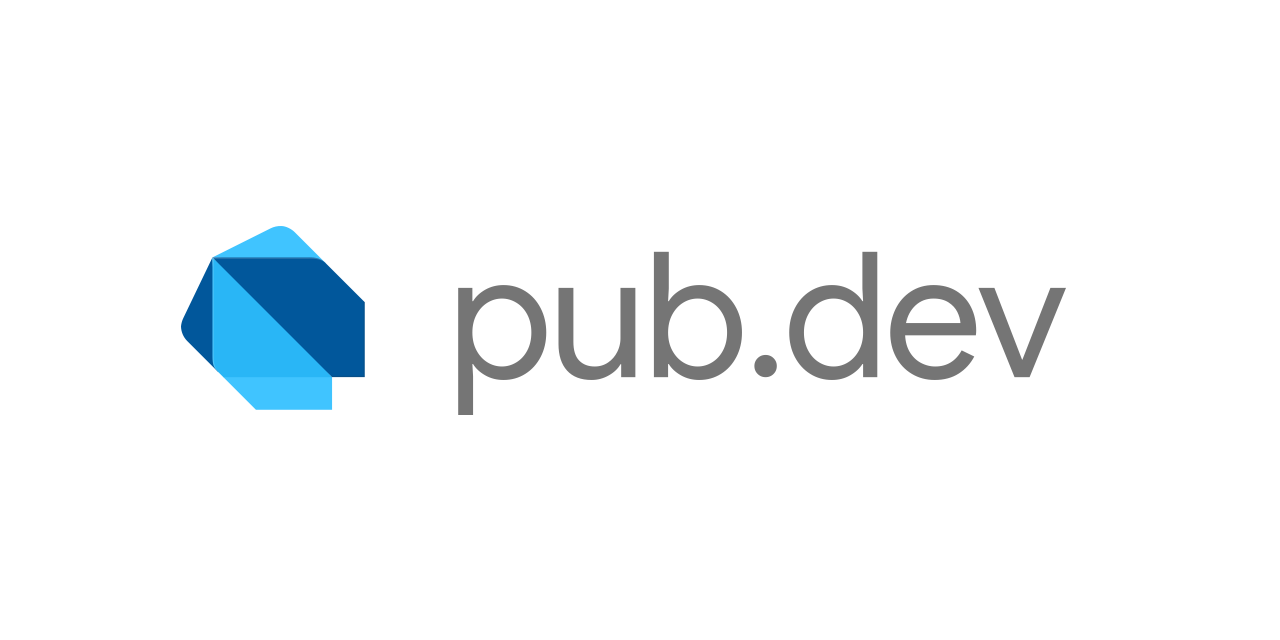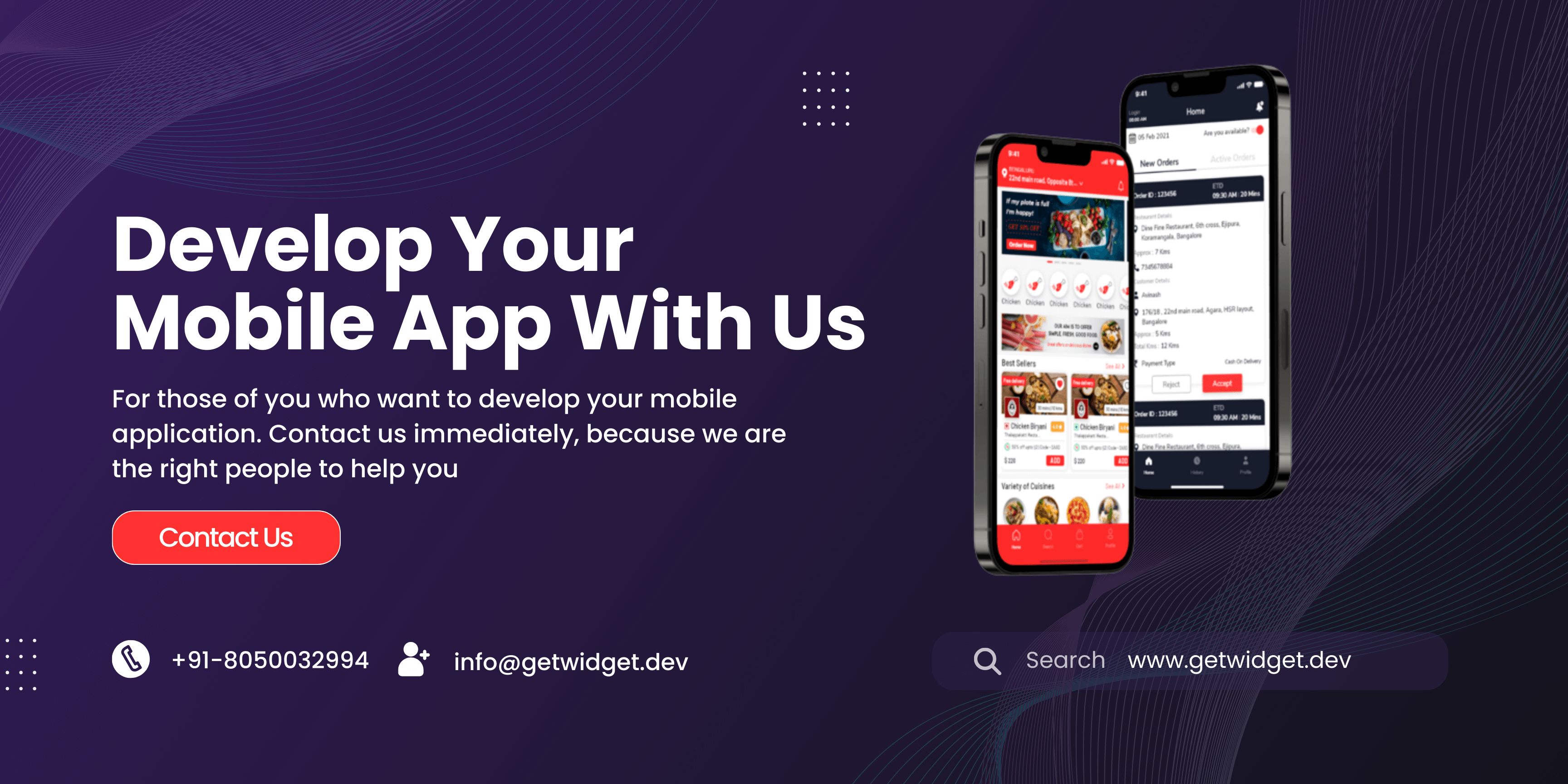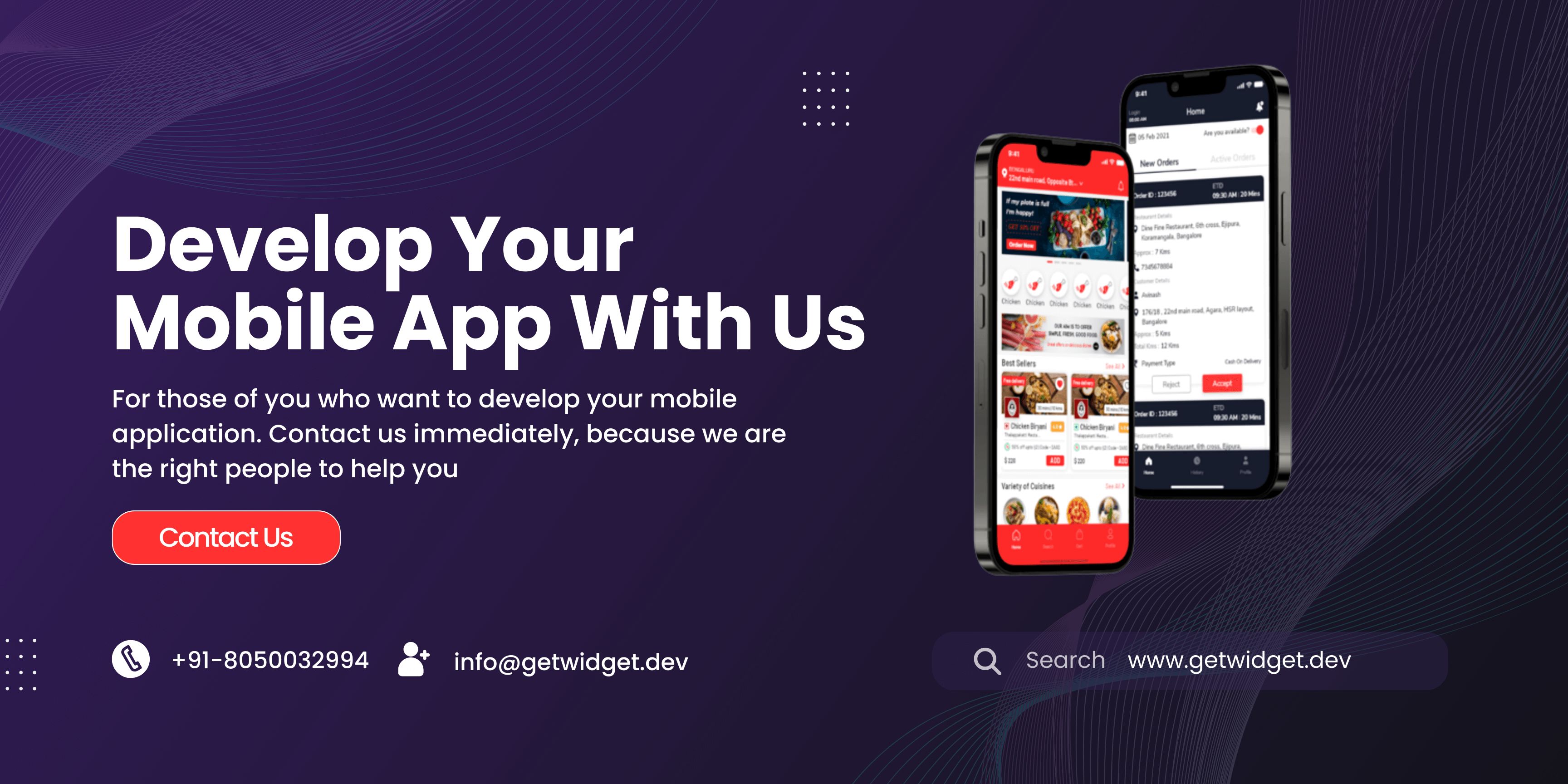Top 10 Flutter Floating Widget List

A Flutter Floating widget generally stick with screens on our application. It has usually paired with one of our Floating action buttons in our Flutter App. Flutter Floating widgets help us to build a specific call to action that will pair with our application screens. It is generally known as Flutter overlay widgets that will float on top of other widgets in our Flutter app development.
We can build these floating widgets with Flutter Widgets as well as there are some of our UI packages. Here we are explaining how we build a nice and fully customizable Flutter Floating Widget by using different widget plugins.
Let's connect together and build your idea into a real-time app with UI Library. Now you could start with our documentation from how to getting the start and go with each widgets.
As of now, we are going to list the Top Flutter Floating Widget packages here:
1. floatingpanel: ^1.1.3
Short Intro: An easy and light weight Flutter Package for adding Floating widgets in the desirable components of the flutter application.
Check out installation and/or implementation guide on pub.dev:

Contribute or raise an issue ticket on GitHub:

2. floating_bubbles: ^2.1.1
Short Intro: A Flutter Package for adding Floating bubbles in the Foreground of a component.
Check out installation and/or implementation guide on pub.dev:

Contribute or raise an issue ticket on GitHub:
3. overlay_container: ^0.0.5+1
Short Intro: A Flutter widget which renders its child component over its parents component.
Check out installation and/or implementation guide on pub.dev:

Contribute or raise an issue ticket on GitHub:
4. overlay_screen: ^1.2.0+1-nullsafety.0
Short Intro: An easy and light weight Flutter plugin to easily display and dispose overlay screens anywhere in your application.
Check out installation and/or implementation guide on pub.dev:

Contribute or raise an issue ticket on GitHub:
5. GetWidget: ^2.0.4
Short Intro: GetWidget is an open source library that comes with pre-build 1000+ UI components. It makes development faster & more enjoyable. You can customize the component as per your need.
Check out installation and/or implementation guide on pub.dev:

Check out the different types and/or implementation of GFFloatingWidget:

Contribute or raise an issue ticket on GitHub:
6. FittedBox:
FittedBox is a widget that scales and positions its child within itself. It is commonly used to ensure that the child widget fits within a specified area without being distorted.
7. Motion Tab Bar:
Motion Tab Bar is a customizable tab bar widget that provides smooth animations and transitions between tabs. It is often used to create visually appealing and interactive tab navigation in Flutter apps.

8. FloatingActionButton:
FloatingActionButton is a floating button widget that is typically placed at the bottom right corner of the screen. It is commonly used to trigger important actions, such as adding an item or initiating a new task.
9. StreamBuilder:
StreamBuilder is a widget that listens to a stream of data and rebuilds itself whenever new data is available. It is often used to display real-time data updates in Flutter apps, such as updating a UI when new messages arrive.
10 . Numeric Keyboard:
Numeric Keyboard is a floating widget that provides a numeric keypad for inputting numbers. It is commonly used in apps that require numeric input, such as calculators or payment forms.
Importance of floating widgets in Flutter app development
Floating widgets in Flutter app development serve an important role in enhancing the user interface and user experience of an application. Here are some reasons why floating widgets are important:
Quick access to important actions:
Floating widgets, such as floating action buttons (FABs), provide a convenient and easily accessible way for users to perform important actions within the app. They are typically placed at the bottom right corner of the screen and can be used to trigger commonly used actions like adding an item, sharing content, or initiating a new task.
Visual cues and affordance:
Floating widgets often have a distinct visual appearance, such as a prominent icon, color, or shape, that helps them stand out from other elements on the screen. This visual cue helps users quickly identify the primary action or purpose of the widget. The floating nature of these widgets also provides a sense of affordance, indicating that they are interactive elements that can be tapped or pressed.

Consistent user experience:
Flutter provides a consistent set of guidelines for floating widgets, ensuring a unified user experience across different apps. By following these guidelines, developers can create apps that feel familiar to users and adhere to established design patterns. This consistency helps users navigate and interact with the app more easily.
Flexible placement and interaction:
Floating widgets can be positioned anywhere on the screen, allowing developers to place them strategically based on the app's layout and content. They can be used to overlay other elements without interrupting the overall flow of the app. Additionally, floating widgets can respond to user interactions, such as animations, transitions, and feedback, making the user experience more engaging and interactive.
Enhanced discoverability:
Floating widgets can draw attention to specific app features or actions that might otherwise go unnoticed. By placing important actions in floating widgets, developers can increase the discoverability of those features and encourage users to interact with them. This can lead to improved user engagement and satisfaction.
We hope this list will help you out. If you have a suggestion to this list then let us know in the comment section and we will add into this list.



